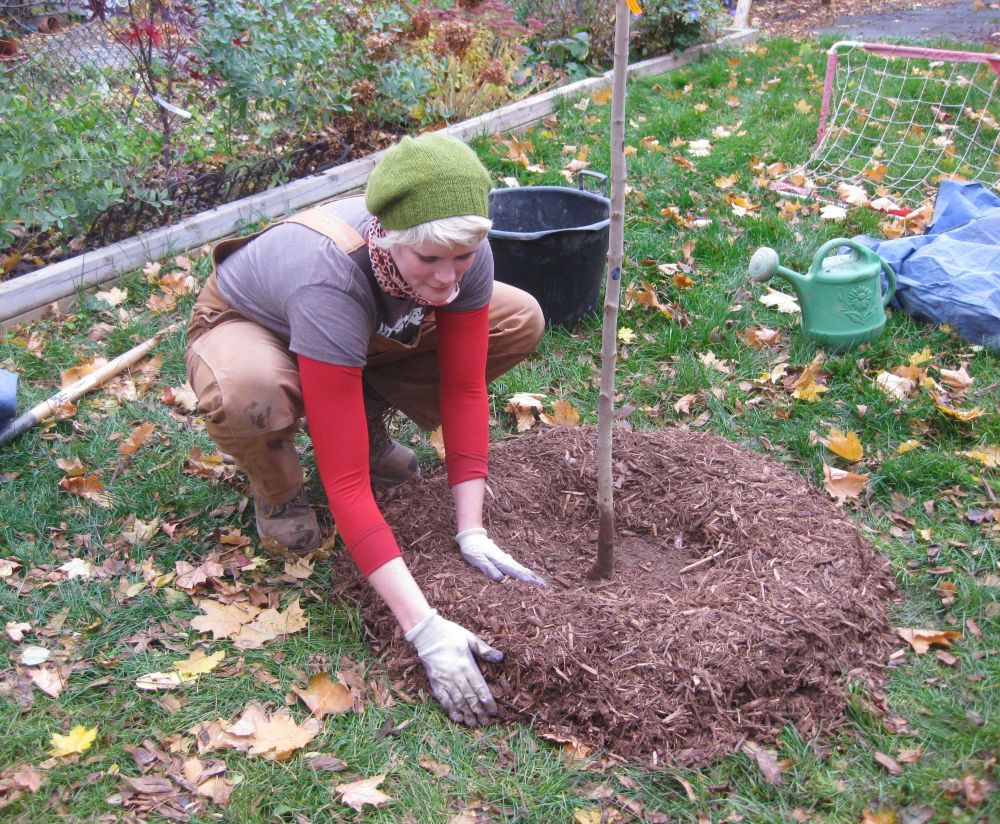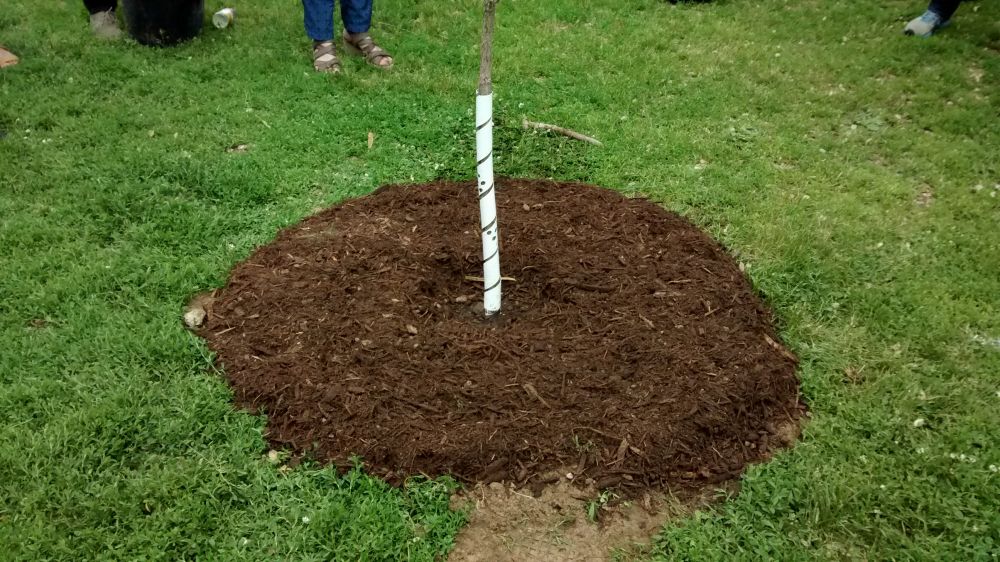Preventative Pruning
Tree branches are much more vulnerable to breaking over the winter months (especially on young trees) due to strong winds and ice and snow accumulation. In order to minimize winter damage and loss of weak limbs, structural pruning is encouraged. As a general rule, pruning can be done during the dormant season (late winter and early spring) using proper arboriculture methods, as it is easier to see the tree structure without the leaves. A great resource for pruning young trees can be found on the Trees Are Good website. For work on larger trees, contact an insured ISA certified arborist through the International Society of Arboriculture. Be sure to request a list of local references and obtain at least three quotes from different arborists before making your decision!

Water Your Trees
During the winter, drying out can sometimes become an issue- especially for evergreens- when a tree loses more water than it can absorb from the frozen ground. This stress can weaken a tree’s ability to withstand winter conditions, so it’s important to water your trees in the fall until the ground freezes for the winter. Water your trees either by using a soaker hose placed at the base of the tree for one hour twice per week or using a hose without a nozzle on a slow trickle for approximately 15 minutes twice per week. For mature trees, a soaker hose can be used and spread out on the ground as far as the tree branches reach. If the soil around your tree remains very wet after watering (i.e. the water is does not drain quickly), reduce watering time.

Mulch for Winter Insulation
In addition to watering, it is important to protect your tree’s roots from extreme temperature changes (freeze/thaw cycles) over the winter months. Spread a layer of natural mulch (woodchips, leaves or other organic materials) about 8-10cm deep, in a doughnut shape around the base of the tree in late fall before the ground freezes. Ensure the mulch is not piled up against the trunk of the tree as it may encourage rot. Add a layer of compost below the mulch so your tree has a ready supply of nutrients in the spring to encourage healthy root growth.

Use Tree Guards
Trees and shrubs often become targets for animals foraging for scarce food over the winter. In order to deter animals from feasting on your trees over the winter, place a plastic tree guard or wire mesh enclosure around your tree for protection. Tree guards should be retractable and breathable in order to allow your tree to naturally grow with the guard on. Be sure to remove all tree guards in early spring when temperatures start to increase so as to avoid rot along the trunk due to moisture build up.

Burlap Barrier for Evergreens
Native evergreen trees are quite hardy and can generally withstand our harsh winters. However, if you are concerned about winter injury to your small evergreen trees, building a burlap barrier can help. Place four stakes around the tree and wrap burlap around the stakes, making sure to leave space between the burlap and the foliage/branches. When the burlap touches the foliage, it sets up an artificial environment with minimal to no air circulation, so be sure that there is plenty of space between your tree and the burlap. See the University of Minnesota’s instructions on how to do this.

So don’t forget about your trees on those cold winter days. Be proactive and prepare your trees for the winter because the little things can make a difference to a tree’s overall health and well-being. And remember, the best means of winter protection is to take preventative measures!
